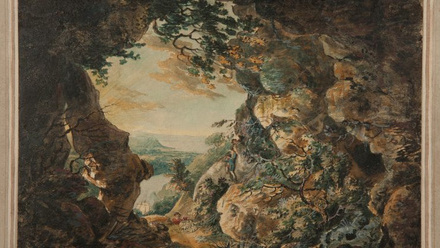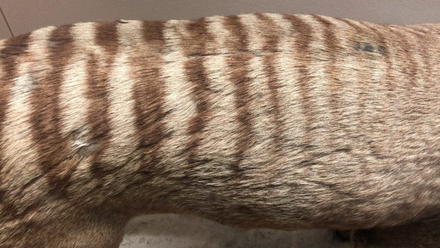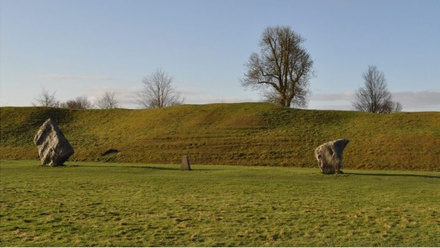This illustrated presentation will introduce the key industries of Wales in the Victorian era and their widely differing architectural expressions: non-ferrous metal mining and manufacturing, coal, iron, steel and tinplate, woollen textiles and slate. All of these industries were globally influential, supplied worldwide markets and were drivers of economic growth and opportunity.
To a large extent they built Victorian and Edwardian Wales, but they also had negative consequences such as environmental despoliation, the exploitation of workers and devastating deindustrialisation. Other industries grew up to service the industries or the new industrial population, for example rail transport, shipping, brickmaking and brewing.
Only a small proportion of the buildings of these industries have survived but those that do represent an important legacy. Some were robustly functional, others expressed stylistic ideas. The most lasting architectural legacy of Victorian industry is in the communities it created – their chapels, institutes, pubs and houses – and the wealth it generated that was spent in architecture elsewhere, whether urban banks, Welsh estates or grand houses far away. Which buildings from this era survive, and do they represent the complexity of the era? Which have been lost. Is preservation by record sufficient? And which should be fought for?
Dr Peter Wakelin is an independent writer, curator and consultant. He was formerly Secretary of the Royal Commission on the Ancient and Historical Monuments of Wales and Director of Collections at the National Museum of Wales. He is currently a member of the Board of Cadw. His report for the Royal Society of Architect in Wales on architectural archives led to the creation of the Welsh Architectural Archives Advisory Panel and he has assisted the Welsh Government in developing approaches to contentious public commemorations, particularly concerning people associated with slavery and empire.
His publications include Hidden Histories: Discovering the Heritage of Wales (with Professor Ralph Griffiths), Romanticism in the Welsh Landscape since 1770 and monographs about artists including Falcon Hildred, Roger Cecil and Charles Burton. He was involved in the World Heritage nominations of Blaenavon Industrial Landscape and Pontcysyllte Aqueduct and has written the official guidebooks to both sites.



